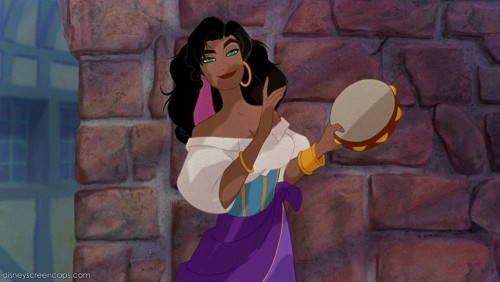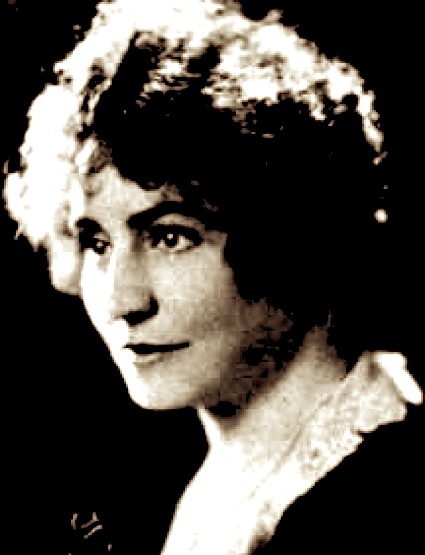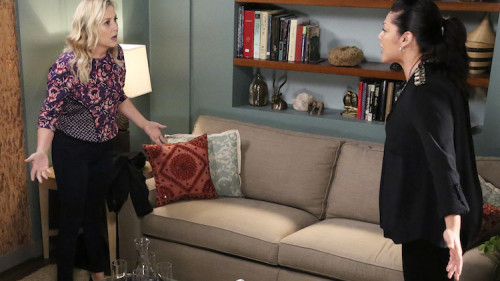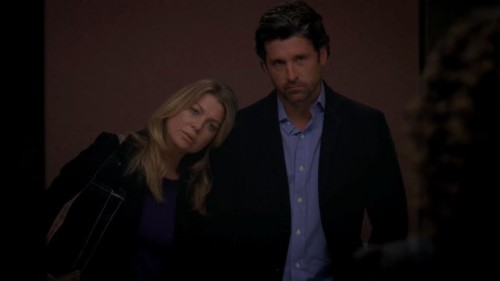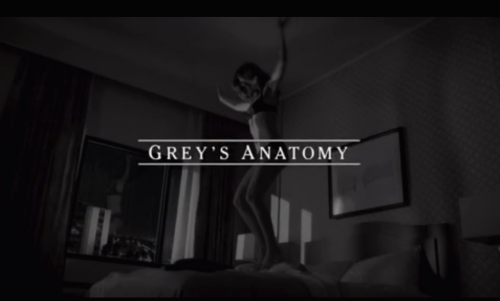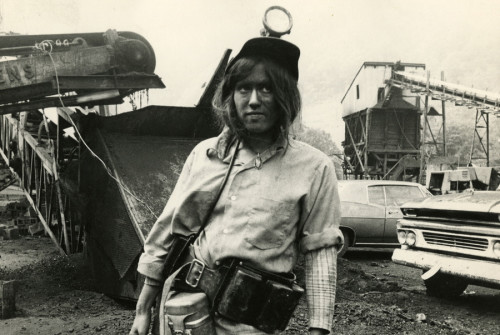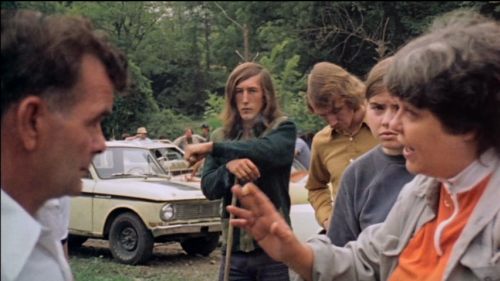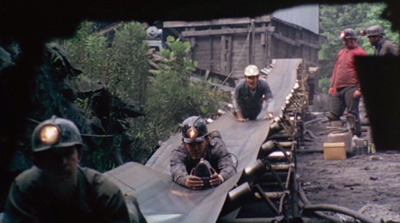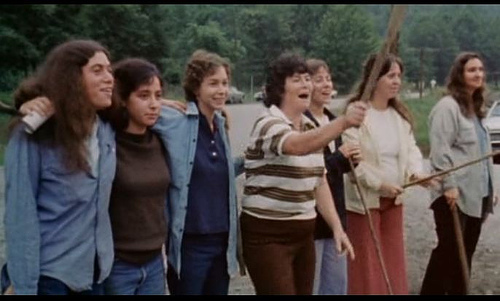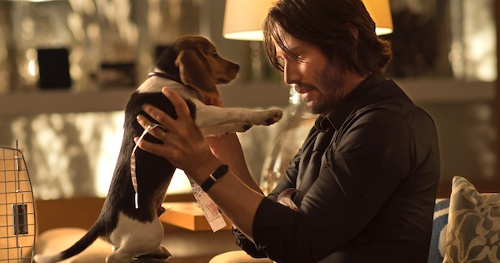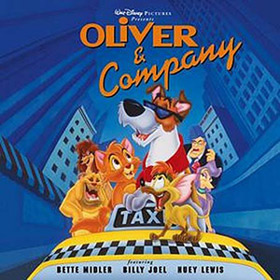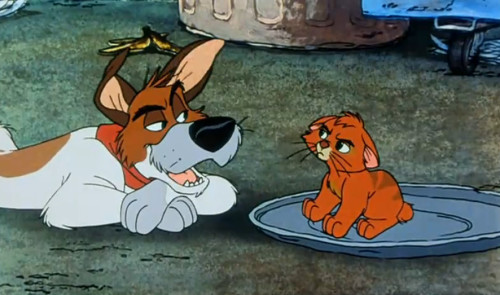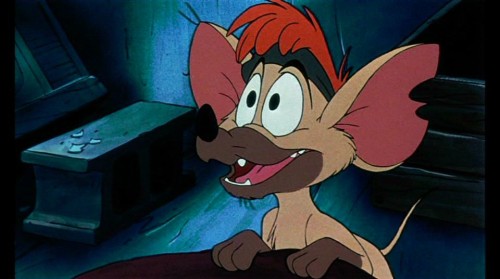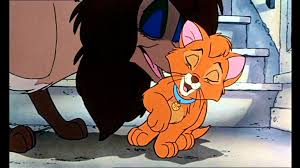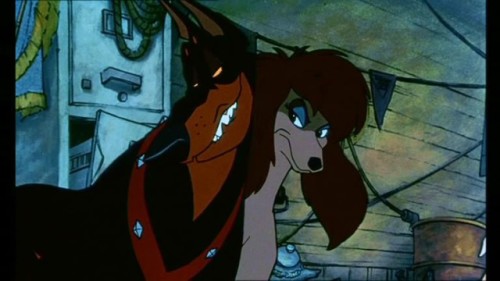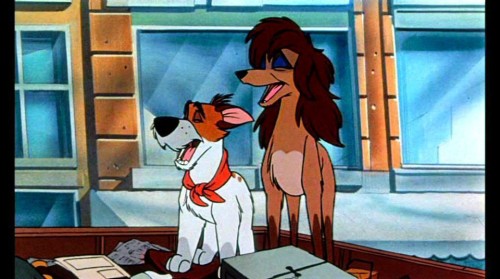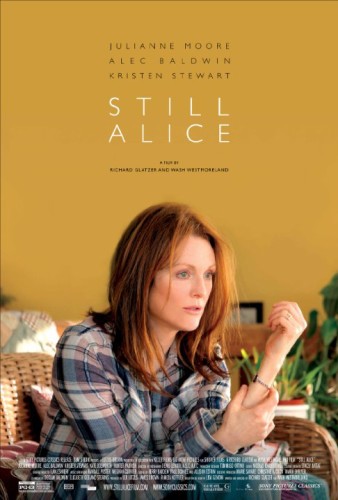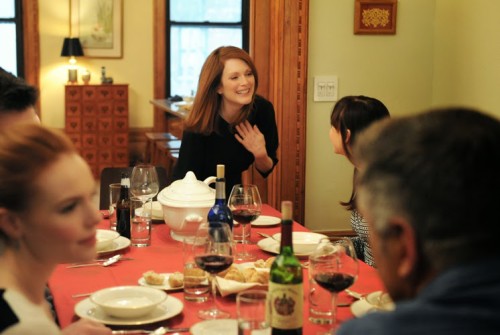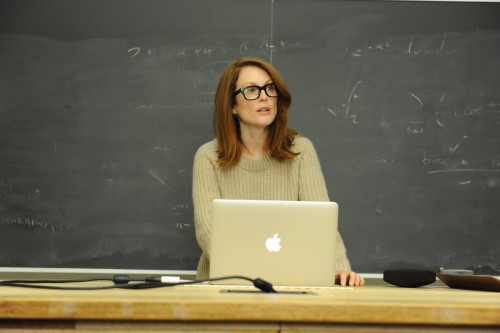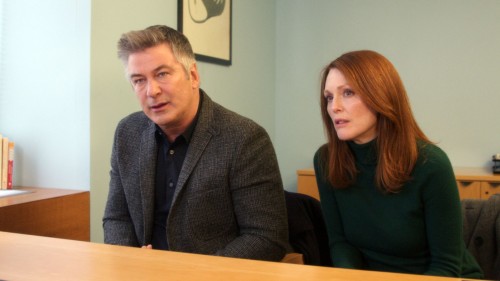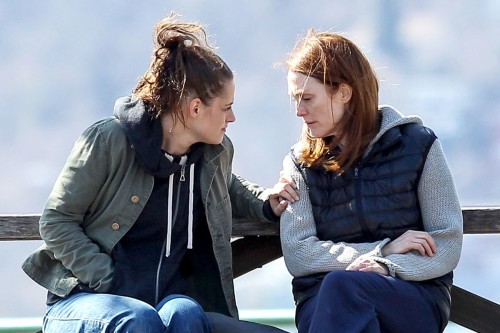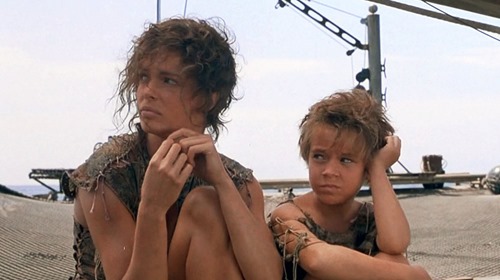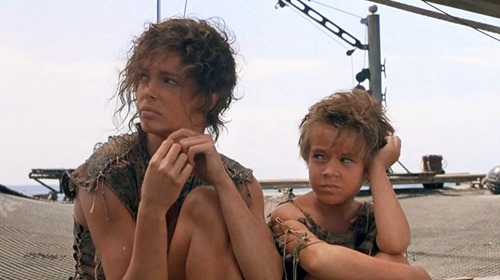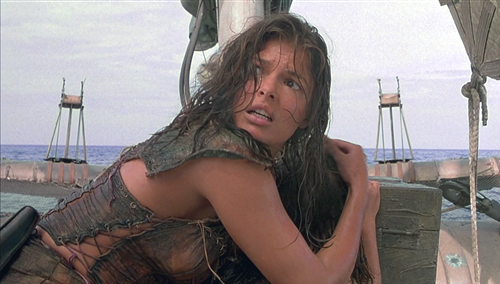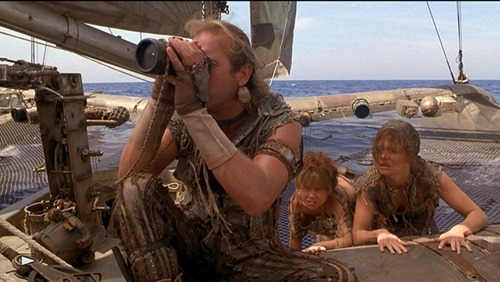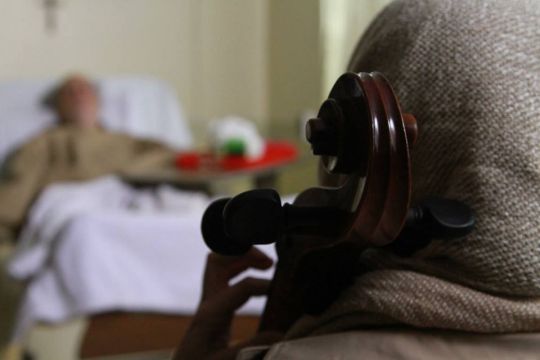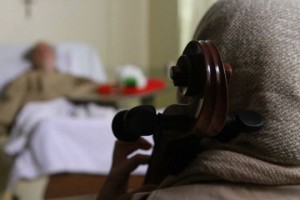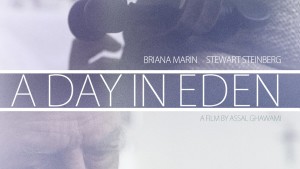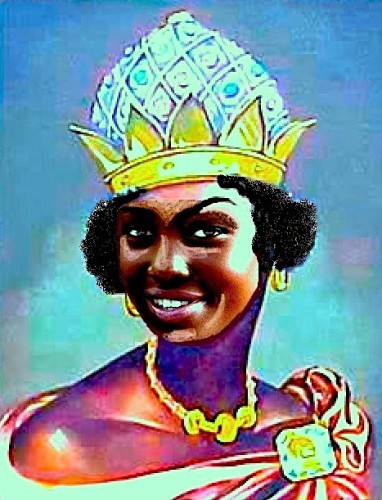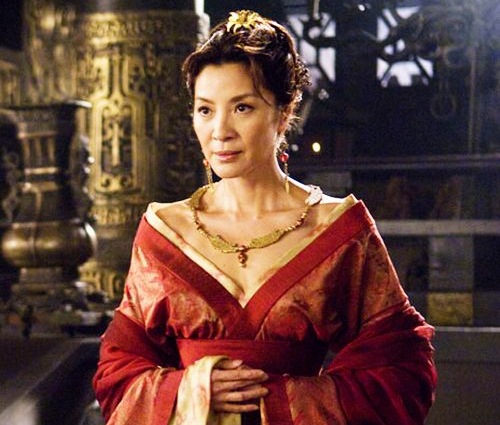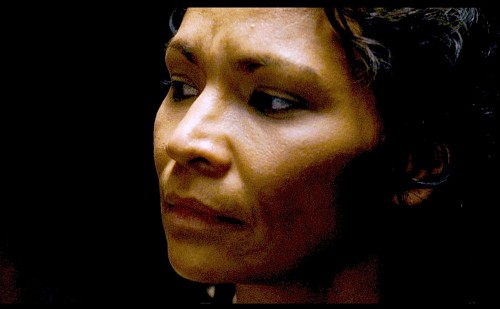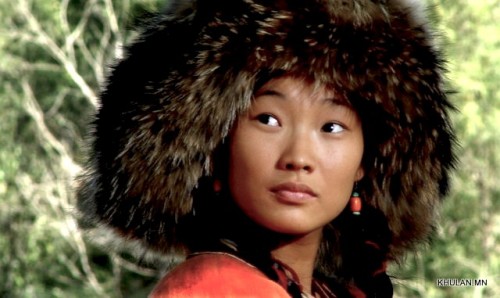Written by Jackson Adler.
As announced yesterday, April 6, Paper Mill Playhouse’s production of Disney’s stage musical The Hunchback of Notre Dame will not be transferred to Broadway. This news has come only two days before the International Day of the Roma on April 8. “Roma” describes many different groups of people of similar ethnic and cultural origin, specifically who immigrated under persecution from Northern India into Europe, and who have pejoratively been called “Gypsies,” due to the inaccurate belief that they originated in Egypt. Roma play a large part in Victor Hugo’s novel and in Disney’s film and stage musical.
The stage musical is a loose adaptation of Disney’s animated movie musical, which in turn is a very loose adaptation of Victor Hugo’s novel, Notre Dame De Paris. The stage musical was workshopped in New York, made into a full production in Germany, recently re-imagined and put up at La Jolla Playhouse in California, and then transferred to and altered at Paper Mill Playhouse. The animated film “The Hunchback of Notre Dame” is more explicit in adult themes than many of Disney’s other films. Among its adult themes, it addresses race, racial discrimination, and even the subject of genocide, all in regard to Roma. As Roma and their history often face erasure, especially in the regard to the genocide of Roma both during and prior to World War II and The Holocaust, it is important that Roma be positively, respectfully, and more often depicted in the media, and for racism against them to be thoroughly and accurately addressed.

Unlike Hugo’s novel, which villainizes Roma, Disney attempts to dispel some of the negative stereotypes surrounding Roma, and is definitely against physical violence in regard to them. However, Disney’s attempts at an anti-racist message are undermined by various aspects of its own film, including, but certainly not limited to, its use of the racial slur “Gypsy” throughout the film by both villains and protagonists, and by the overt sexualization of Esmeralda, the musical’s leading lady. Unlike in Hugo’s novel, Disney’s Esmeralda was not just raised by but is ethnically Roma, and is also an independent and multi-faceted female character. Though vocal about the rights of her people and the rights of others, Esmeralda does not, nor does any other character, point out to the villains and the audience that “Gypsy” is a racial slur, and nor, have I found in the film, are the words “Roma” or “Romani” ever used. Though a woman having sexual autonomy is a positive message, Disney has historically sexualized Women of Color, especially in the 1990s, and in ways that it has not sexualized its White female characters. This reinforces rape culture with the harmful message that White women need to remain “pure” and Women of Color can be lusted after and pursued sexually, specifically by White men, without constraint.
Though the villain Frollo’s sexual harassment of Esmeralda is depicted as wrong, White Captain of the Guard Phoebus also lusts after her. In their first scene together, Phoebus walks a fine line between sexual harassment and flirtation in his comments to Esmeralda. In the scene, she feels threatened by him, afraid he will arrest or hurt her. When it becomes clear that Phoebus came to talk to Esmeralda due to romantic and sexual interest, she oddly sees this as nonthreatening and becomes less defensive, despite her people’s history of being sexually assaulted, enslaved, fetishized, and marginalized by White men. Eventually, Esmeralda and Phoebus become a romantic couple. In the original novel, Phoebus uses Esmeralda as a sexual conquest and later oversees her unjust execution, with the “real” tragedy being that she turns out to not be ethnically Roma after all, and not that such violence and racism is inherently wrong. The Disney film and the stage musical end Phoebus’ character arc with him standing up for Esmeralda and her people in the face of violence, persecution, and genocide. For being anti-genocide, Phoebus is problematically rewarded with a relationship with Esmeralda. The fact that Disney’s stance of being anti-rape and anti-genocide of People of Color was considered progressive in the 1990s, and even considered progressive today, is incredibly sad. Erasure, micro-aggressions, and fetishization are also acts of violence, and set the stage for more overt forms of violence to be carried out and tolerated in the first place.

Though leading man Quasimodo is also Roma, he is problematically drawn as White-passing, looking little like his parents, who are depicted at the beginning of the film. Quasimodo has a hunched back and other rare physical features, and through his character the film emphasizes that a person’s character is more important than their physical appearance. In light of this message, there are continued arguments in Disney fandom about how Quasimodo “deserved” Esmeralda more than Phoebus, which often unintentionally objectifies Esmeralda even further as a “reward.” It is also problematic that the “looks don’t matter” message is written beside a message of racial tolerance, as this encourages the audience to “not see race” or “look past race,” as if non-White ethnicities are flaws to be “looked past,” or ignored and left unseen. If a White person adopts the label of being “colorblind,” it often silences any argument in opposition to when they say or do something racist, such as sexualizing and fetishizing People of Color, as Disney and its character Phoebus do in regard to Esmeralda.
It was announced in 2013 that Disney was in “talks” to make a TV show/miniseries of the story of The Hunchback of Notre Dame from Esmeralda’s point of view. More media from the perspective of Women of Color certainly need to be made, and positive representation of Roma is definitely lacking. Esmeralda is a multi-faceted female character who deserves more attention, especially as she has been denied Disney Princess status. There has been little news about it since 2013, and like the stage musical, it seems to have been shelved, or at least is still being worked, and reworked, upon. Certainly, before they can premiere or re-premiere, these pieces need work in regard to racial sensitivity. As someone who has followed the progress of Disney’s stage musical, I know that small steps have been taken, such as the inclusion of the word “Roma,” in the stage musical, though the word “Gypsy” is still offensively used much more frequently.

After casting notices stating that Disney was looking for someone “exotic” (fetishization much?) to play Esmeralda were released, talented mixed-race Black actress Ciara Renée was cast as Esmeralda, and played her both at La Jolla Playhouse and Paper Mill Playhouse. Seeing a Black woman sing “God Help The Outcasts” and “Someday” during the #blacklivesmatter movement certainly makes the subject of race more tangible to a contemporary American audience, and yet racial minorities and marginalized groups, dubbed “outcasts” by the White male team behind Disney’s musical, are not interchangeable, nor does each group face the same kind of struggles and discrimination as another. Disney Theatrical Productions has a history of seeing non-White races as interchangeable, as seen in its ethnically diverse casting of Aladdin, which problematically was completely devoid of Arab and Arab-American performers. Though the argument can be made that casting a Person of Color of a different ethnicity than the Character of Color they are to portray, whether in the case of Esmeralda or Aladdin and Jasmine, is arguably better than White-washing the character, especially as there are so few theatrical roles written for People of Color, especially Women of Color, Disney certainly needs to learn the specific histories and challenges faced by the ethnic groups it attempts to depict if it is going to thoroughly, accurately, and respectfully address race and racism.
The music of Disney’s The Hunchback of Notre Dame is beautiful, and the actors who have been cast in its various incarnations have all been extremely talented. The subjects the story addresses need to be addressed, both for child and adult audience members. It is for these reasons that it is sad that Disney’s stage musical is being denied a chance on Broadway yet again, and that the Esmeralda-centric TV series has apparently been shelved. However, Disney still has a lot to learn in regard to how to address matters of race, and a lot of alterations still left to make in its adaptations and its approach to storytelling.
